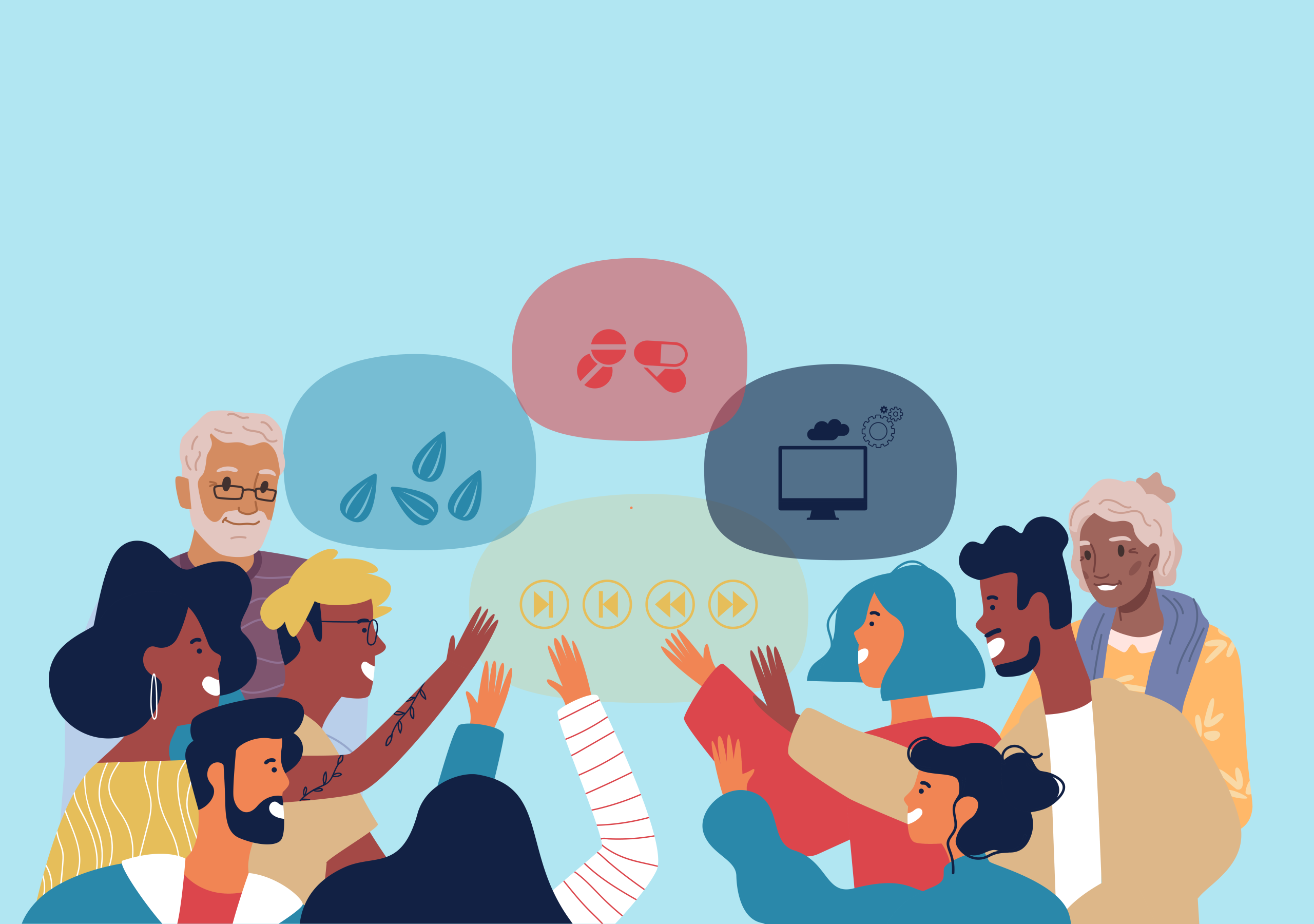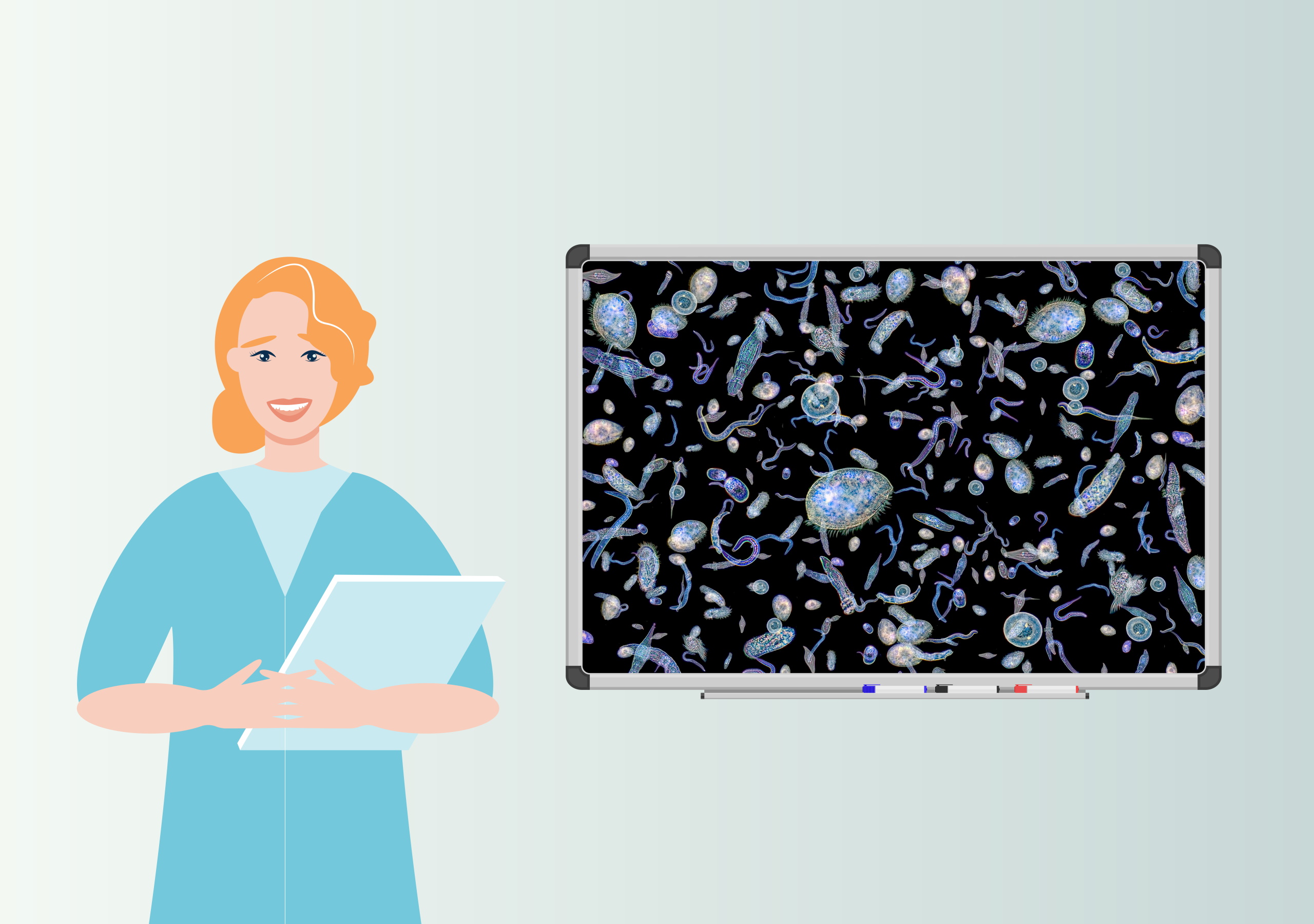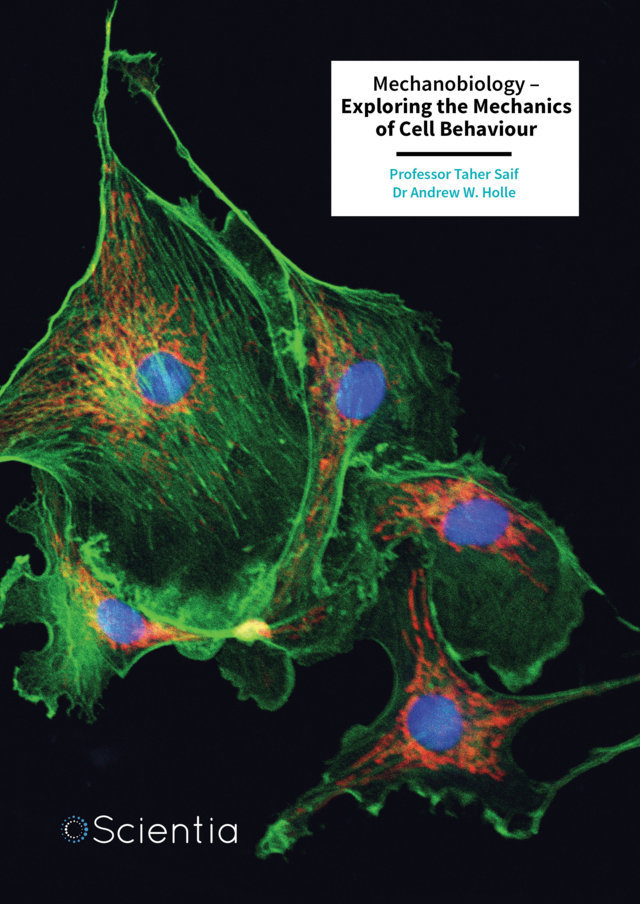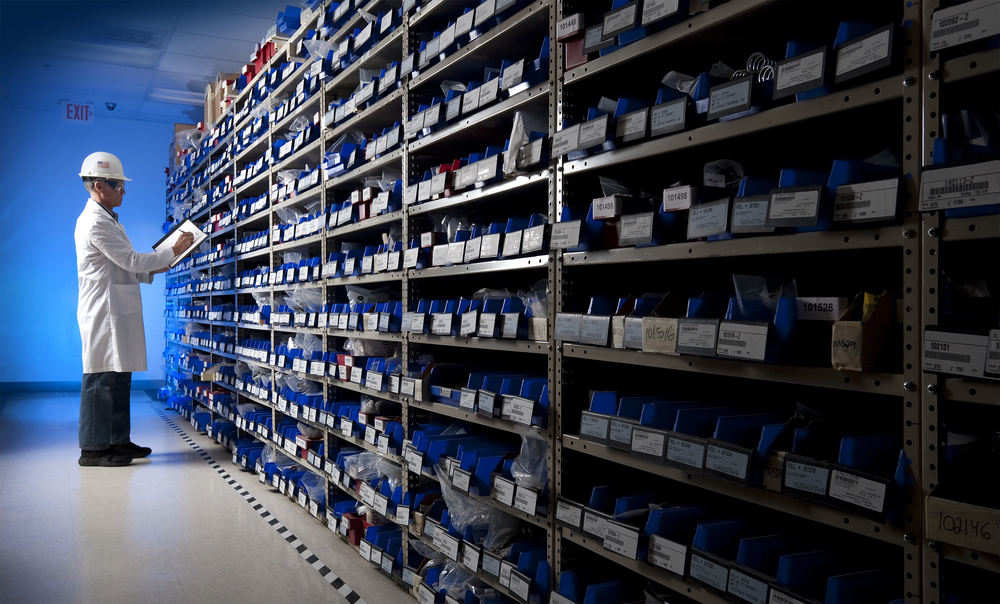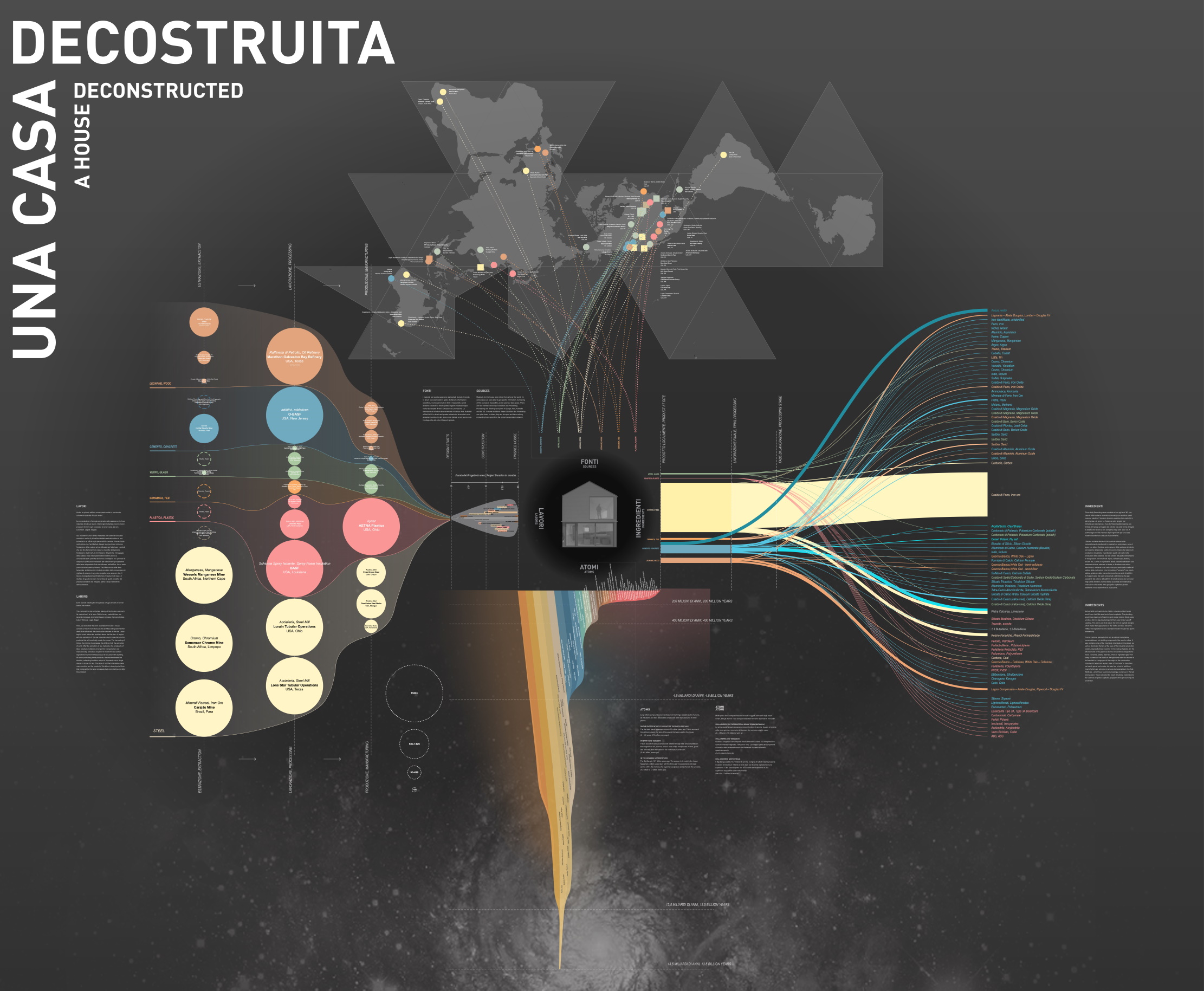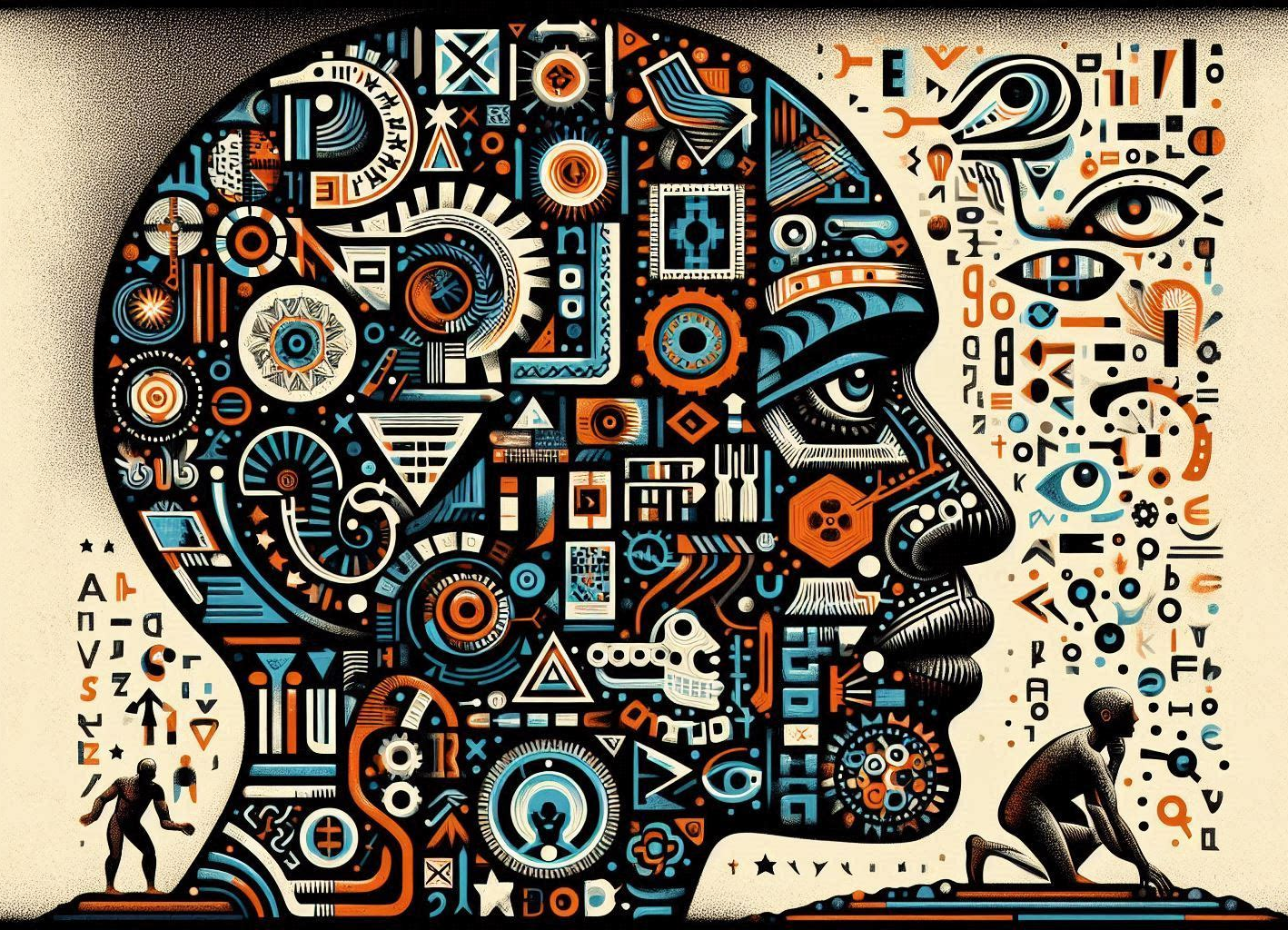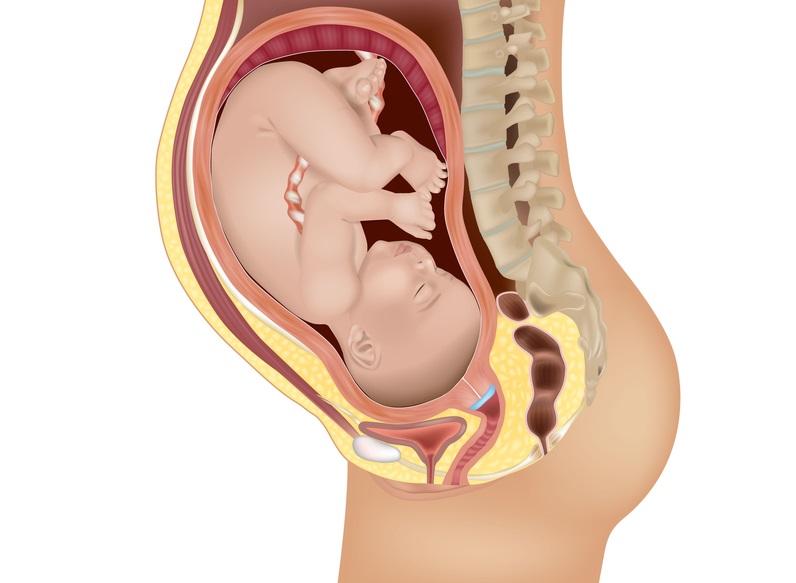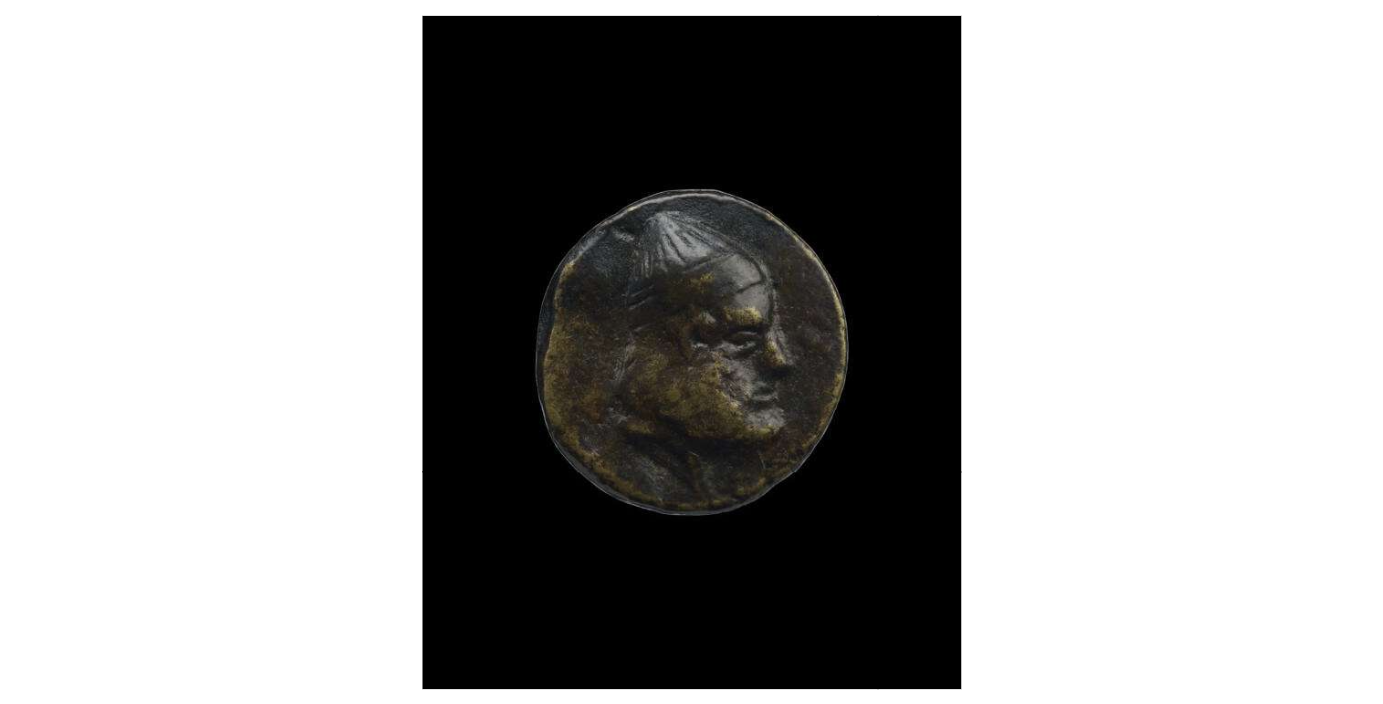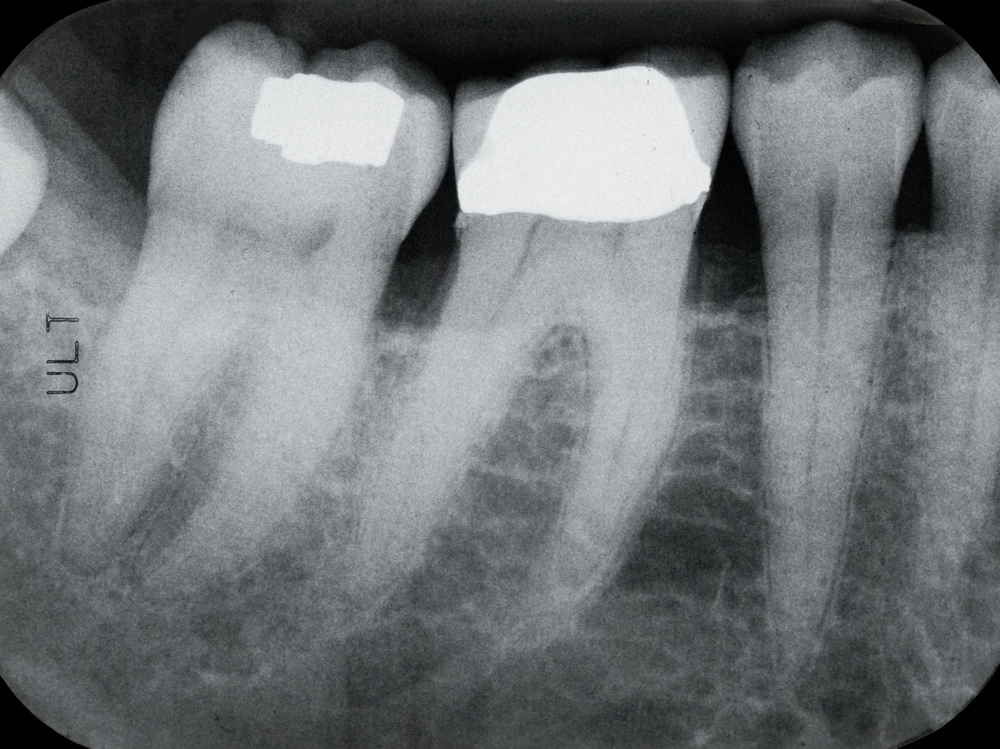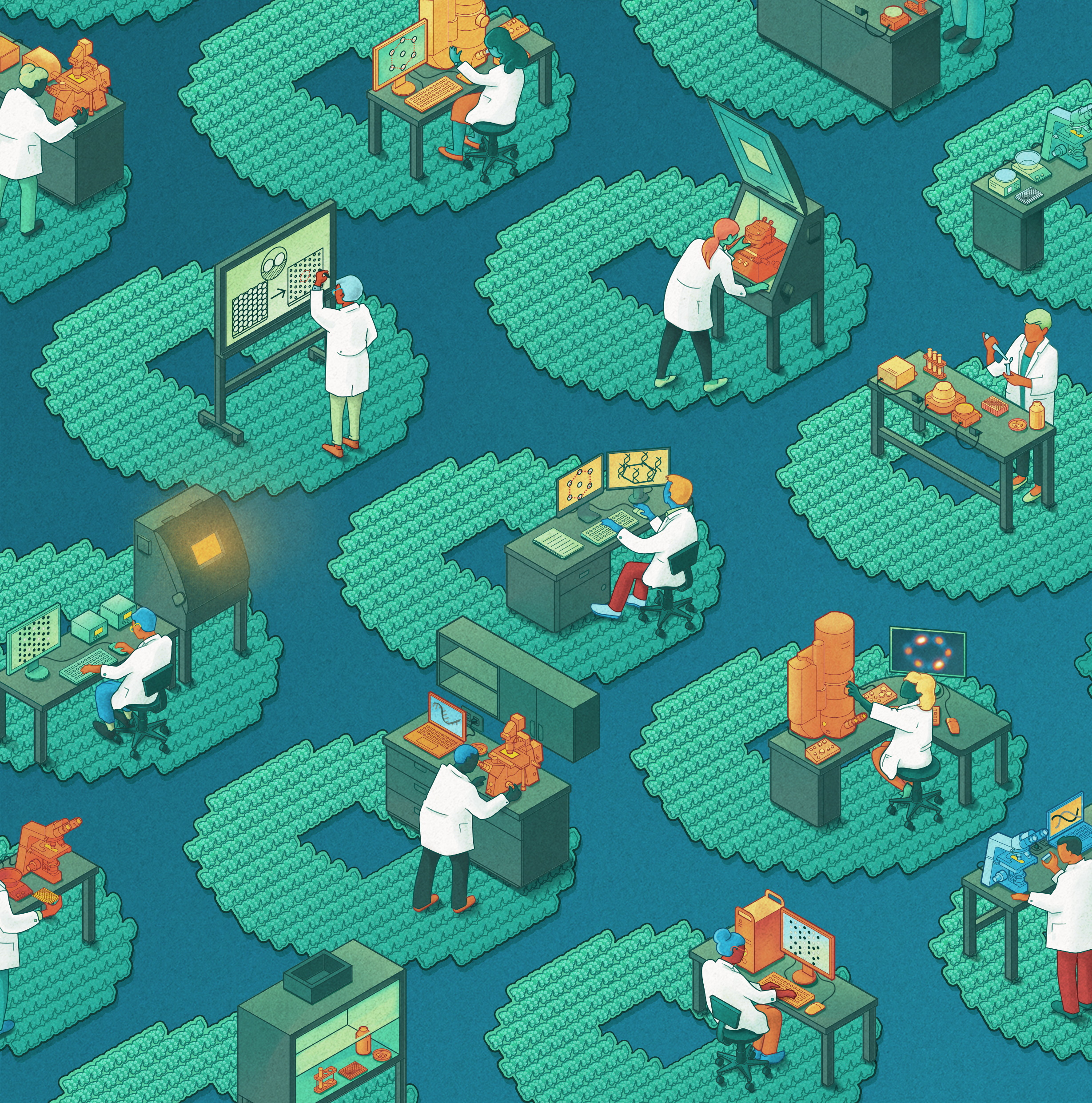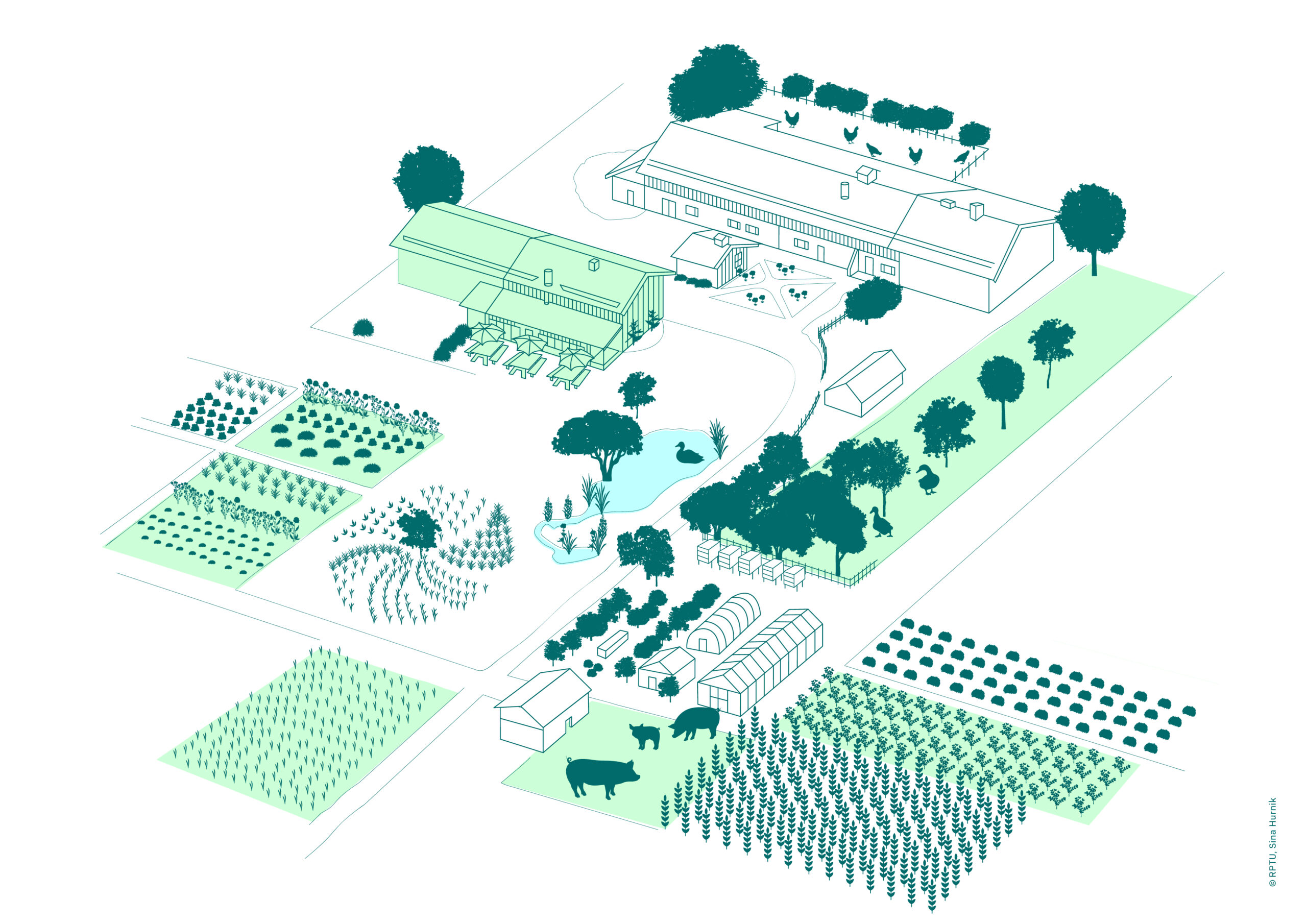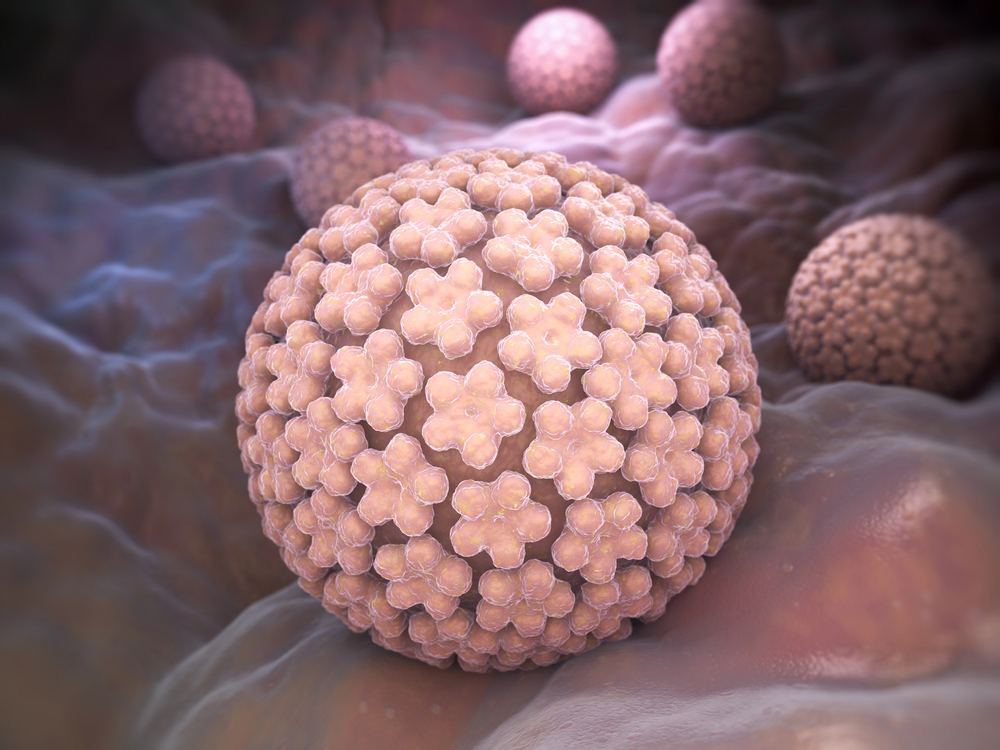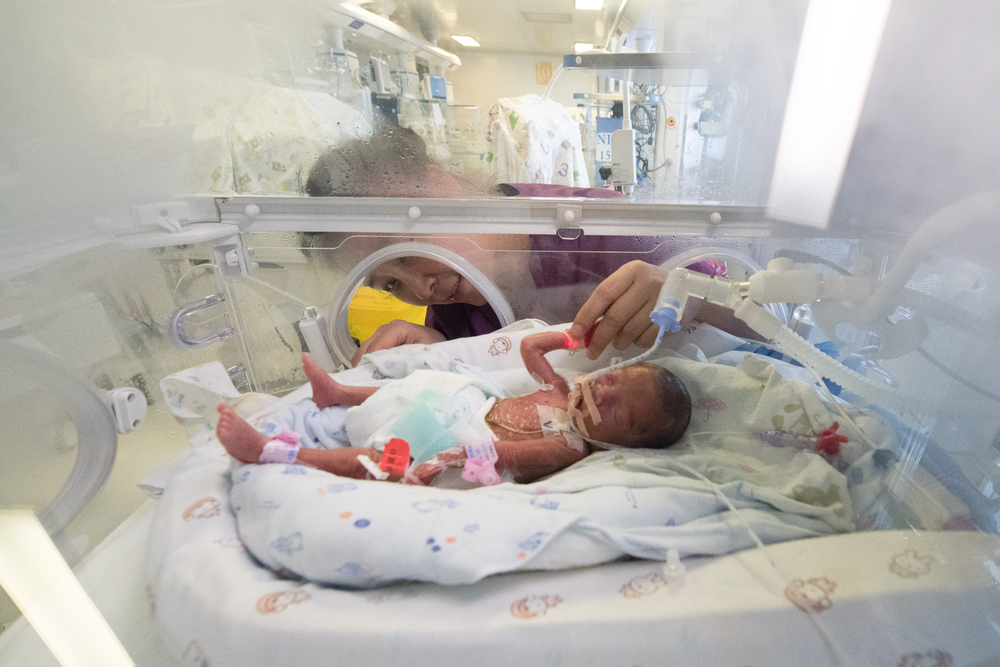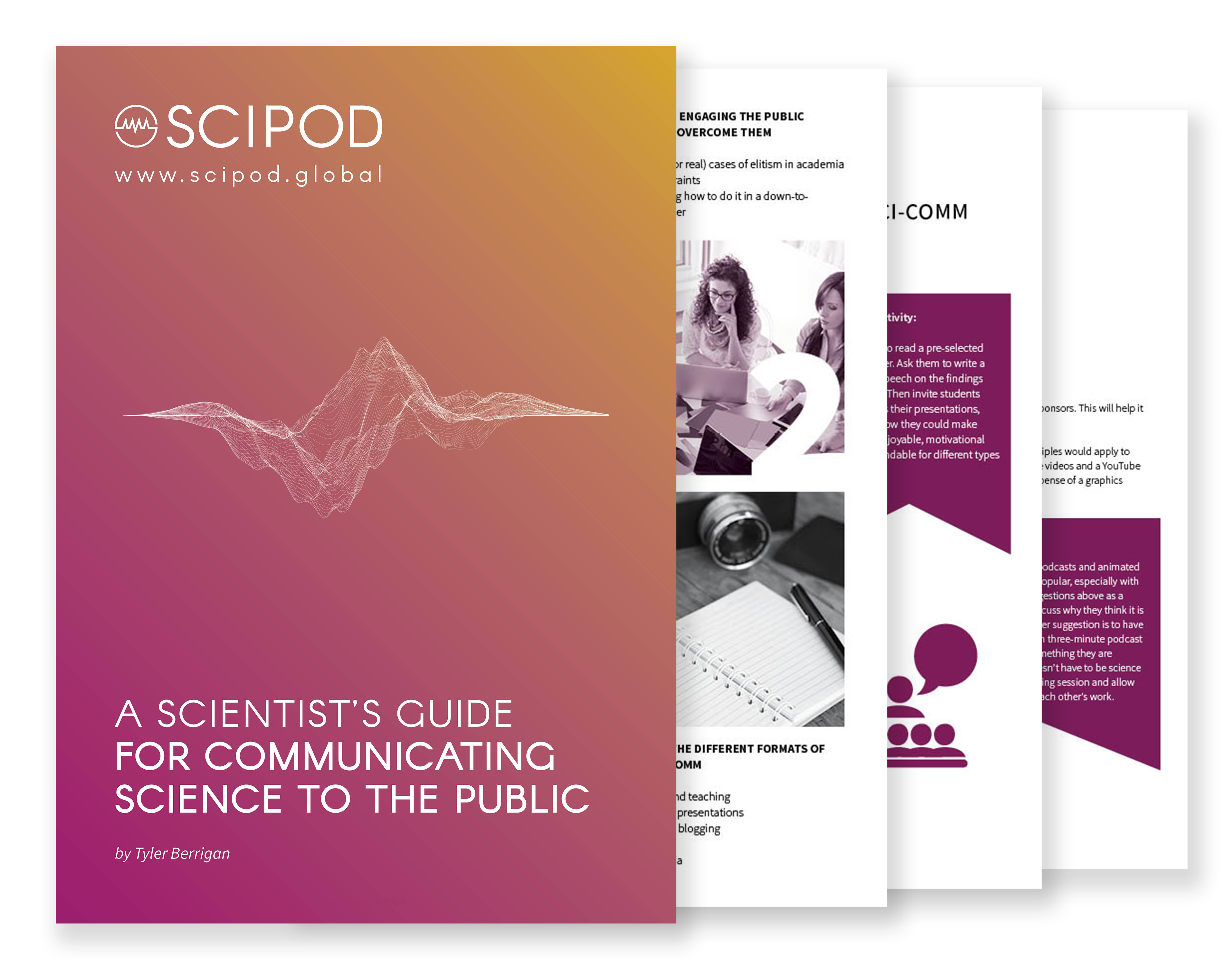Welcome to SciComm Radio
An exclusive interview series with leading scientists and science communicators

Click Below To Listen To A SciPod Radio Episode
Dr. Nicole Letourneau | Improving Parenting and Child Outcomes Through Reflective Functioning: Results from the ATTACH™ Program
Audiobook
About this episode
Early adversity, such as family violence, parental depression and low income, puts children at risk for maltreatment and negatively impacts their development. A team of researchers led by Nicole Letourneau at the University of Calgary has evaluated a promising intervention called ATTACH™ (which is short for Attachment and Child Health) that aims to improve outcomes for vulnerable families by enhancing parental reflective functioning. More
Original Article Reference
This audio is a summary of the paper ‘Impacts of the Attachment and Child Health (ATTACH™) Parenting Program on Mothers and Their Children at Risk of Maltreatment: Phase 2 Results’ in the International Journal of Environmental Research and Public Health, https://doi.org/10.3390/ijerph20043078
Contact
For further information, you can connect with Dr. Nicole Letourneau at nicole.letourneau@ucalgary.ca
This work is licensed under a Creative Commons Attribution 4.0 International License. 
What does this mean?
Share: You can copy and redistribute the material in any medium or format
Adapt: You can change, and build upon the material for any purpose, even commercially.
Credit: You must give appropriate credit, provide a link to the license, and indicate if changes were made.
Increase the impact of your research!
More episodes
Professor Benjamin Melamed | A Better Way to Measure the Inventory Turnover Ratio metric, a Key Performance Indicator for Businesses
Audiobook
About this episode
Inventory management is a key activity in many organizations. Its performance is often measured by the inventory turnover ratio metric, or ITR for short. This is a key performance indicator that managers are incentivised to improve. However, improper measurement of the ITR metric can cause problems in terms of reliability, comparison, and bias. Professor Benjamin Melamed of Rutgers University has proposed novel formulations of Little’s Law. The traditional Little’s Law is used an as approximation of real-life measurement, whereas Melamed’s versions are exact and robust. More
Original Article Reference
This SciPod is a summary of ‘Inventory turns and finite-horizon Little’s Laws’ in the Annals of Operations Research, https://doi.org/10.1007/s10479-016-2157-9
Contact
For further information, you can connect with Professor Benjamin Melamed at melamed@business.rutgers.edu.
This work is licensed under a Creative Commons Attribution 4.0 International License. 
What does this mean?
Share: You can copy and redistribute the material in any medium or format
Adapt: You can change, and build upon the material for any purpose, even commercially.
Credit: You must give appropriate credit, provide a link to the license, and indicate if changes were made.
Increase the impact of your research!
More episodes
Professor Elena Baracani | How President von der Leyen Shaped the EU’s Response to Russia’s Invasion of Ukraine
Audiobook
About this episode
When Russia launched its full-scale invasion of Ukraine in February 2022, the European Union faced a crisis that demanded a swift and unified response. A new study by Professor Elena Baracani from the University of Bologna examines how Ursula von der Leyen, President of the European Commission, used her leadership role to shape the EU’s reaction during the crucial first 10 weeks of the conflict. More
Original Article Reference
This SciPod is a summary of the paper ‘Ideational agenda-setting leadership: President von der Leyen and the EU response to the invasion of Ukraine’ in West European Politics, https://doi.org/10.1080/01402382.2023.2195759
Contact
For further information, you can connect with Elena Baracani at elena.baracani@unibo.it
This work is licensed under a Creative Commons Attribution 4.0 International License. 
What does this mean?
Share: You can copy and redistribute the material in any medium or format
Adapt: You can change, and build upon the material for any purpose, even commercially.
Credit: You must give appropriate credit, provide a link to the license, and indicate if changes were made.
Increase the impact of your research!
More episodes
Professor Mark Jarzombek | A House Deconstructed: Uncovering the Hidden History of the Modern House
Audiobook
About this episode
The full extent of the labour and resources which go into creating a modern house is hidden deeply within the buildings we call home. Professor Mark Jarzombek of MIT and Professor Vikramaditya Prakash of the University of Washington are co-founders of the Office of Uncertainty Research, a research collaboration that is dedicated to rethinking architecture in a modern context. Through their research, Jarzombek and Prakash investigate these hidden stories by exploring the history of a recently built modern house in Seattle. Their findings reveal that the presumed transparency of modern architecture conceals deep ethical and environmental challenges, inspiring a call for a critical reassessment of how our current construction practices should be understood and approached. More
Original Article Reference
This Audio is a summary of the book ‘A House Deconstructed’, published by Actar Publishers, ISBN: English 9781638400523
Contact
For further information, you can connect with Prof. Mark Jarzombek at mmj4@mit.edu, and Prof. Vikramaditya Prakash at vprakash@uw.edu
This work is licensed under a Creative Commons Attribution 4.0 International License. 
What does this mean?
Share: You can copy and redistribute the material in any medium or format
Adapt: You can change, and build upon the material for any purpose, even commercially.
Credit: You must give appropriate credit, provide a link to the license, and indicate if changes were made.
Increase the impact of your research!
More episodes
Dr Hana Jee | Unlocking the Secret Code of Writing Systems
Audiobook
About this episode
Ever wondered why letters look the way they do? Dr Hana Jee at York St John University in the UK investigates intriguing connections between how languages sound and how they are written. Using a number of methodologies, she has conducted innovative research to quantify these relationships. Her work began with Korean Hangul, a writing system intentionally designed to be highly logical and systematic. Dr Jee has since expanded her research to include diverse scripts like Arabic, English, Hebrew and many others. Her findings suggest unexpected patterns across writing systems, opening several fascinating future research avenues. More
Original Article Reference
This SciPod is a summary of the papers ‘Letters and Their Sounds Are Not Perfectly Arbirtrary: Exploring Grapho-Phonemic Systematicity in Multiple Orthography Systems’ and ‘Grapho-Syllabic Systematicity in Chinese: Chinese Pictographs Have a Non-Arbitrary relation with their Pronunciations’ both in Cognitive Science Proceedings, ‘Quantified Grapho-Phonemic Systematicity in Korean Hangeul’ in Asian Culture and History, and ‘Systematicity in language and the fast and slow creation of writing systems: Understanding two types of non-arbitrary relations between orthographic characters and their canonical pronunciation’ in Cognition.
Contact
For further information, you can connect with Dr Hana Jee at h.jee@yorksj.ac.uk.
This work is licensed under a Creative Commons Attribution 4.0 International License. 
What does this mean?
Share: You can copy and redistribute the material in any medium or format
Adapt: You can change, and build upon the material for any purpose, even commercially.
Credit: You must give appropriate credit, provide a link to the license, and indicate if changes were made.
Increase the impact of your research!
More episodes
Prof. Andisheh Dadashi | Unraveling the Mysteries of Human Embryo Metabolism: Insights from Computational Models
Audiobook
About this episode
Metabolism is the cornerstone of life, orchestrating the myriad chemical reactions that sustain cells, tissues, and organisms. It drives growth, division, energy production, and cellular maintenance. For scientists, understanding metabolism, particularly during the earliest stages of human development, holds the key to uncovering the origins of various diseases and developmental disorders. However, studying metabolism in human embryos presents formidable challenges due to ethical considerations, their tiny size, and the intricate web of metabolic pathways. In a groundbreaking study, researchers Prof. Andisheh Dadashi and Derek Martinez of the University of New Mexico-Valencia leveraged advanced computational models to shed light on the metabolic processes occurring in human embryos during the critical peri-implantation stage. More
Original Article Reference
This Audio is a summary of the paper ‘Flux balance network expansion predicts stage-specific human peri implantation embryo metabolism’, in Journal of Bioinformatics and Computational Biology, https://doi.org/10.1142/S021972002250010X
This work is licensed under a Creative Commons Attribution 4.0 International License. 
What does this mean?
Share: You can copy and redistribute the material in any medium or format
Adapt: You can change, and build upon the material for any purpose, even commercially.
Credit: You must give appropriate credit, provide a link to the license, and indicate if changes were made.
Increase the impact of your research!
More episodes
Dr. Kamalini Das | Bridging the Gap: Insights into Pubic Symphysis Separation Postpartum
Audiobook
About this episode
Childbirth is a remarkable event that brings joy and new beginnings but also poses significant physical challenges to the mother’s body. One such challenge is the separation of the pubic symphysis, a joint located between the left and right pubic bones. Dr. Kamalini Das of Regions Hospital, Minnesota, and her colleagues conducted a groundbreaking study to investigate pubic symphysis separation in women who delivered vaginally versus those who had cesarean sections. Their research provides important insights into the nature of this physiological change and its development postpartum. More
Original Article Reference
This Audio is a summary of the paper ‘Pubic Symphysis Separation and Regression in Vaginal vs Cesarean Delivery’, in Journal of Obstetrics and Gynaecology Canada. https://doi.org/10.1016/j.jogc.2021.07.015
Contact
For further information, you can connect with Dr. Kamalini Das at Kamalini.X.Das@HealthPartners.Com
This work is licensed under a Creative Commons Attribution 4.0 International License. 
What does this mean?
Share: You can copy and redistribute the material in any medium or format
Adapt: You can change, and build upon the material for any purpose, even commercially.
Credit: You must give appropriate credit, provide a link to the license, and indicate if changes were made.
Increase the impact of your research!
More episodes
Marine Bardou | Quiet Early Bird or Loud Late Riser? Understanding the European Parliament’s Involvement in International Agreements
Audiobook
About this episode
The European Parliament has the ability to play a key role in shaping the European Union’s international agreements. But how exactly does it get involved in these complex negotiations? Researcher Marine Bardou from the University of Louvain has conducted a comprehensive study to answer this question, revealing surprising patterns in the Parliament’s activities. More
Original Article Reference
This SciPod is a summary of the paper ‘Quiet early bird or loud late riser? Parliamentary activities and types of European Parliament involvement during the negotiation of international agreements’ in the Journal of European Integration, https://doi.org/10.1080/07036337.2024.2360165
Contact
For further information, you can connect with Marine Bardou at marine.bardou@uclouvain.be
This work is licensed under a Creative Commons Attribution 4.0 International License. 
What does this mean?
Share: You can copy and redistribute the material in any medium or format
Adapt: You can change, and build upon the material for any purpose, even commercially.
Credit: You must give appropriate credit, provide a link to the license, and indicate if changes were made.
Increase the impact of your research!
More episodes
Dr Laura Perucchetti | How Researchers at the British Museum Detected and Tested Greek Coin Forgeries
Audiobook
About this episode
Laura Perucchetti and colleagues at the British Museum have uncovered a group of skilfully crafted counterfeit ancient coins that may be one of the earliest examples of forgers using scientific analysis to dupe collectors. By examining the composition of the coins and comparing them with genuine artefacts, experts believe the forgers deliberately used ancient metal to avoid detection. The findings highlight the long history of a cat and mouse game between forgers and analysts, and the need for vigilance in verifying the authenticity of even the most convincing pieces. More
Original Article Reference
This SciPod is a summary of ‘The bad side of recycling: The use of ancient coins as a source of material for modern forgeries’ in Archaeometry, https://doi.org/10.1111/arcm.12738, with contributing material from ‘Forgeries of Hellenistic Bronze Coins of Ithaca’ in The Numismatic Chronicle.
Cover image: © The Trustees of the British Museum. Shared under a Creative Commons AttributionNonCommercial-ShareAlike 4.0 International (CC BY-BC-SA 4.0) licence
Contact
For further information, you can connect with Dr Laura Perucchetti at lperucchetti@britishmuseum.org.
This work is licensed under a Creative Commons Attribution 4.0 International License. 
What does this mean?
Share: You can copy and redistribute the material in any medium or format
Adapt: You can change, and build upon the material for any purpose, even commercially.
Credit: You must give appropriate credit, provide a link to the license, and indicate if changes were made.
Increase the impact of your research!
More episodes
Dr Hosam Alharbi | Estimating Human Age Using Wide View Digital Dental Images
Audiobook
About this episode
Dental features have been used to estimate age in humans for centuries and may be used with great accuracy in both living and deceased individuals. However, refinement of these techniques to align with modern clinical practice is ongoing. Dr Hosam Alharbi and colleagues at Qassim University in Saudi Arabia have introduced an amended version of an established technique to assess whether dental imaging systems used in modern clinics are suitable for determining human age. More
Original Article Reference
This Audio is a summary of the paper ‘Age Estimation by Kvall’s Method Using Digital Panoramic Radiographs in the Saudi Population’, in Cureus. https://doi.org/10.7759/cureus.23768
Contact
For further information, you can connect with Dr Hosam Alharbi at hosamale10@gmail.com
This work is licensed under a Creative Commons Attribution 4.0 International License. 
What does this mean?
Share: You can copy and redistribute the material in any medium or format
Adapt: You can change, and build upon the material for any purpose, even commercially.
Credit: You must give appropriate credit, provide a link to the license, and indicate if changes were made.
Increase the impact of your research!
More episodes
Professor Bertrand Guillotin | What Happens When Companies Take a Stand Against Unethical Practices?
Audiobook
About this episode
Corporate responsibility is increasingly crucial for businesses, but it comes with challenges. Using Hershey as an example, Professor Bertrand Guillotin of the Fox School of Business at Temple University explores the chocolate industry’s struggle with child labor in West Africa. Despite commitments to eradicate this issue, progress has been slow. He examines the changing governance landscape, evolving consumer expectations, and the impact of ethical concerns on business operations. More
Original Article Reference
This SciPod is a summary of ‘Championing EDI and ESG While Using Child Labour: The Hershey Paradox’, a peer-reviewed case with teaching notes, published by Ivey Publishing and distributed worldwide.
Contact
For further information, you can connect with Professor Bertrand Guillotin at bertrand.guillotin@temple.edu.
This work is licensed under a Creative Commons Attribution 4.0 International License. 
What does this mean?
Share: You can copy and redistribute the material in any medium or format
Adapt: You can change, and build upon the material for any purpose, even commercially.
Credit: You must give appropriate credit, provide a link to the license, and indicate if changes were made.
Increase the impact of your research!
More episodes
Professor Bertrand Guillotin | CEOs Face a Tough Challenge in Navigating the ‘Culture Wars’
Audiobook
About this episode
What is the impact of the ‘culture wars’ on American businesses? Professor Bertrand Guillotin at the Fox School of Business at Temple University explores this phenomenon using the case of Chick-fil-A, a fast-food giant caught in the crossfire of social issues. From its conservative Christian roots to recent attempts at inclusivity, he explores how CEO Andrew Cathy has so far navigated this complex landscape. Examining strategies other companies use to manage their stance in today’s polarized climate, he highlights the challenges of balancing corporate values with social values. More
Original Article Reference
This SciPod is a summary of ‘Chick-Fil-A: Fighting Chicken Sandwich and Culture Wars’, a peer-reviewed case with teaching notes, published by Ivey Publishing and distributed worldwide.
Contact
For further information, you can connect with Professor Bertrand Guillotin at bertrand.guillotin@temple.edu.
This work is licensed under a Creative Commons Attribution 4.0 International License. 
What does this mean?
Share: You can copy and redistribute the material in any medium or format
Adapt: You can change, and build upon the material for any purpose, even commercially.
Credit: You must give appropriate credit, provide a link to the license, and indicate if changes were made.
Increase the impact of your research!
More episodes
Professor Eileen Redmond | A Toast to Moderation: Insights on Alcohol and Heart Health
Audiobook
About this episode
Cardiovascular disease remains a leading cause of death globally. Atherosclerosis, the hardening and narrowing of arteries, is the primary underlying cause. The endothelium, a single layer of cells lining blood vessels, plays a crucial role in vascular health and disease. Disrupted endothelial function can lead to serious conditions such as thrombosis and hypertension and facilitates atherosclerotic plaque development. Interestingly, researchers have shown that alcohol has a complex relationship with cardiovascular health, displaying both protective and harmful effects depending on the dose. The work of Professor Eileen Redmond and her team at the University of Rochester Medical Center offers valuable insights into the nuanced role of alcohol in endothelial function. More
Original Article Reference
This Audio is a summary of the papers ‘Moderate dose alcohol protects against serum amyloid protein A1-induced endothelial dysfunction via both notch-dependent and -independent pathways’ in Alcohol Clinical and Experimental Research, https://doi.org/10.1111/acer.14706, and ‘Alcohol and vascular endothelial function: Biphasic effect highlights the importance of dose’ in Alcohol Clinical and Experimental Research, https://doi.org/10.1111/acer.15138
Contact
For further information, you can connect with Professor Eileen M Redmond at Eileen_Redmond@urmc.rochester.edu
This work is licensed under a Creative Commons Attribution 4.0 International License. 
What does this mean?
Share: You can copy and redistribute the material in any medium or format
Adapt: You can change, and build upon the material for any purpose, even commercially.
Credit: You must give appropriate credit, provide a link to the license, and indicate if changes were made.
Increase the impact of your research!
More episodes
Dr Rishabh Shetty | A Novel Method for Standardizing Single Molecule Studies
Audiobook
About this episode
Studying single molecules provides researchers with unique insights into biological mechanisms and processes and allows them to visualise microscopic structural and functional differences. However, results can be unpredictable, and investigations are labour-intensive and expensive, often requiring extensive training and highly specialised laboratory equipment. Dr Rishabh Shetty and colleagues at Arizona State University, the California Institute of Technology, and the Massachusetts Institute of Technology, USA, have recently developed a simplified single-molecule assessment technique to overcome these limitations with a view to increasing accessibility and precision in molecular-level research. More
Original Article Reference
This Audio is a summary of the open-access paper ‘Bench-Top Fabrication of Single-Molecule Nanoarrays by DNA Origami Placement’, in ACS Nano, https://doi.org/10.1021/acsnano.1c01150
Contact
For further information, you can connect with Dr Shetty at rmshetty@asu.edu
Cover image credit: Inna-Marie Strazhnik
This work is licensed under a Creative Commons Attribution 4.0 International License. 
What does this mean?
Share: You can copy and redistribute the material in any medium or format
Adapt: You can change, and build upon the material for any purpose, even commercially.
Credit: You must give appropriate credit, provide a link to the license, and indicate if changes were made.
Increase the impact of your research!
More episodes
Professor Kenneth Scheve – Professor David Stasavage | Why US Tax Policy Hasn’t Responded to Rising Inequality
Audiobook
About this episode
Whether policymaking can develop solutions for the inevitable problems that capitalism creates has long been a concern of political economists. One of these issues is rising inequality across the USA and other countries. Inequality is a significant risk for political stability, so it is vital to understand how democratic societies respond to it. Progressive taxation policies, which tax the rich at higher rates, can help to equalize incomes and wealth. Despite this, over the last four decades while inequality has increased, successive US governments have introduced falling tax rates for top earners. Why is this? More
Original Article Reference
Summary of the article ‘Equal Treatment and the Inelasticity of Tax Policy to Rising Inequality’ in Comparative Political Studies, doi.org/10.1177/00104140221108415
Contact
For further information, you can connect with Professor Kenneth Scheve at kenneth.scheve@yale.edu and Professor David Stasavage at david.stasavage@nyu.edu
This work is licensed under a Creative Commons Attribution 4.0 International License. 
What does this mean?
Share: You can copy and redistribute the material in any medium or format
Adapt: You can change, and build upon the material for any purpose, even commercially.
Credit: You must give appropriate credit, provide a link to the license, and indicate if changes were made.
Increase the impact of your research!
More episodes
Dr Jerome Premmereur | What Spinoza Can Help us Understand About Extreme Radicalism
Audiobook
About this episode
In a novel exploration of human radicalism, defined by governments as violent attacks, Dr Jerome Premmereur, a cardiologist and a clinical research expert based in the United States, draws on the philosophy of Baruch Spinoza to propose innovative solutions to the pressing societal issue of terrorism. His new book, “A Biological, Psychological and Philosophical Approach to Human Nature and Radicalism”, examines radicalism through the lens of human biology and Spinoza’s concepts, offering a comprehensive approach to understanding and mitigating extremism. Premmereur argues that radicalism is an inherent part of human nature, but can be addressed through a holistic strategy encompassing education, politics, balanced laws, healthcare, and economic stability. By revisiting ancient Greek democracy and applying Spinoza’s ideas to modern challenges, Premmereur presents an optimistic vision, although challenging in practice, to reduce extremism and create a better world. More
Original Article Reference
This SciPod is a summary of the book ‘A Biological, Psychological and Philosophical Approach to Human Nature and Radicalism’, published by Cambridge Scholars Publishing. ISBN: 9781036403805
Contact
For further information, you can connect with Dr Jerome Premmereur at jeromepremmereur@gmail.com
This work is licensed under a Creative Commons Attribution 4.0 International License. 
What does this mean?
Share: You can copy and redistribute the material in any medium or format
Adapt: You can change, and build upon the material for any purpose, even commercially.
Credit: You must give appropriate credit, provide a link to the license, and indicate if changes were made.
Increase the impact of your research!
More episodes
Dr Marius Nagy – Dr Naya Nagy | Is a Problem Solvable or Not? Quantum Deciders Outperform Classical Ones
Audiobook
About this episode
Today, the success of businesses and technologies relies on their ability to make quick decisions to address complex problems. To make matters more complex, these problems often involve a vast amount of data. Dr Marius Nagy at Prince Mohammad Bin Fahd University, together with Dr Naya Nagy, Imam Abdulrahman Bin Faisal University, investigate the ability of quantum computers to act as an ‘oracle’, and provide quality decisions even after just one invocation. Dr. Nagy and Nagy showed that quantum oracles give richer decision proposals and outperform classical computing oracle versions. More
Original Article Reference
This Audio is a summary of the paper ‘Quantum advantage in deciding NP-complete problems’, in Quantum Information Processing, https://doi.org/10.1007/s11128-023-03889-3
Contact
For further information, you can connect with Dr Marius Nagy at mnagy@pmu.edu.sa and Dr Naya Nagy at nmnagy@iau.edu.sa
This work is licensed under a Creative Commons Attribution 4.0 International License. 
What does this mean?
Share: You can copy and redistribute the material in any medium or format
Adapt: You can change, and build upon the material for any purpose, even commercially.
Credit: You must give appropriate credit, provide a link to the license, and indicate if changes were made.
Increase the impact of your research!
More episodes
Henry DeGroot – Dr Timothy Hanusa | Grinding Towards Greener Chemistry: Synthesis Without Solvents
Audiobook
About this episode
In the world of chemistry, solvate-assisted grinding is a new method that could revolutionize how we make important chemical compounds. Researchers Henry DeGroot and Dr. Timothy Hanusa at Vanderbilt University have developed this technique, which uses mechanical energy instead of traditional liquids. This not only makes the process more efficient, but also reduces pollution. It could lead to better medicines, advanced materials, and cleaner chemical production methods. More
Original Article Reference
This Audio is a summary of the paper ‘Solvate-Assisted Grinding: Metal Solvates as Solvent Sources in Mechanochemically Driven Organometallic Reactions’ in Organometallics, https://doi.org/10.1021/acs.organomet.1c00316.
The National Science Foundation funded this research.
Contact
For further information, you can connect with Prof. Timothy Hanusa at t.hanusa@vanderbilt.edu
This work is licensed under a Creative Commons Attribution 4.0 International License. 
What does this mean?
Share: You can copy and redistribute the material in any medium or format
Adapt: You can change, and build upon the material for any purpose, even commercially.
Credit: You must give appropriate credit, provide a link to the license, and indicate if changes were made.
Increase the impact of your research!
More episodes
Julius Reiff | Soil, Seeds, and Sustainability: The Power of Permaculture during Environmental Breakdown
Audiobook
About this episode
Pressing environmental challenges, such as soil degradation, biodiversity loss, and climate change, can negatively affect agriculture, while also being driven by common agricultural practices. To tackle this predicament and ensure food security while promoting environmental sustainability, innovative agricultural practices are essential. Permaculture, a holistic approach to farming that mimics the stability and resilience of natural ecosystems, offers a promising solution. A recent study conducted by Julius Reiff of the Institute for Environmental Science, RPTU University of Kaiserslautern-Landau, Germany, and colleagues, provides compelling evidence of the benefits of permaculture in enhancing carbon stocks, improving soil quality, and boosting biodiversity. More
Original Article Reference
This Audio is a summary of the paper ‘Permaculture enhances carbon stocks, soil quality and biodiversity in Central Europe’, in Communications Earth & Environment, https://doi.org/10.1038/s43247-024-01405-8
Contact
For further information, you can connect with Julius Reiff at julius.reiff@rptu.de
This work is licensed under a Creative Commons Attribution 4.0 International License. 
What does this mean?
Share: You can copy and redistribute the material in any medium or format
Adapt: You can change, and build upon the material for any purpose, even commercially.
Credit: You must give appropriate credit, provide a link to the license, and indicate if changes were made.
Increase the impact of your research!
More episodes
Dr. Andrea Christou – Professor Chad Damro | Trade Policy in the EU: Market Focus or Geopolitical Tool?
Audiobook
About this episode
The role of EU trade policy is evolving in today’s complex global landscape. Dr. Andrea Christou and Professor Chad Damro at the University of Edinburgh have studied how the EU balances traditional market-oriented goals with emerging geopolitical pressures. Their analysis explores how different EU bodies frame trade policy, highlighting the contrast between the EU’s broader geopolitical strategy and its trade department’s narrower approach. More
Original Article Reference
This SciPod is a summary of ‘Frames and Issue Linkage: EU Trade Policy in the Geoeconomic Turn’ in Journal of Common Market Studies, https://doi.org/10.1111/jcms.13598
Contact
For further information, you can connect with Dr. Andrea Christou at A.Christou-5@sms.ed.ac.uk and Professor Chad Damro at Chad.Damro@ed.ac.uk.
This work is licensed under a Creative Commons Attribution 4.0 International License. 
What does this mean?
Share: You can copy and redistribute the material in any medium or format
Adapt: You can change, and build upon the material for any purpose, even commercially.
Credit: You must give appropriate credit, provide a link to the license, and indicate if changes were made.
Increase the impact of your research!
More episodes
Dr Alan Cottey | How we can Improve our Science Communication to Create Climate Crisis Action
Audiobook
About this episode
We are facing a climate crisis that threatens our entire world and life as we know it. Despite this, scientists have found it difficult to engage people on the issue and inspire effective action. Dr Alan Cottey at the University of East Anglia explores the history of scientists’ climate warnings and suggests a four-register model of communication that he believes has the potential to reach people with varying degrees of scientific literacy and different lifestyles. More
Original Article Reference
This SciPod is a summary of the paper ‘Climate and nature emergency: From scientists’ warnings to sufficient action’ in Public Understanding of Science, https://doi.org/10.1177/09636625221100076
Contact
For further information, you can connect with Dr Alan Cottey at A.Cottey@uea.ac.uk.
This work is licensed under a Creative Commons Attribution 4.0 International License. 
What does this mean?
Share: You can copy and redistribute the material in any medium or format
Adapt: You can change, and build upon the material for any purpose, even commercially.
Credit: You must give appropriate credit, provide a link to the license, and indicate if changes were made.
Increase the impact of your research!
More episodes
Dr. Archana Thakur | A Novel Immunotherapy Approach to Treat Solid Tumors
Audiobook
About this episode
Developing therapies to effectively treat cancerous tumors is challenging, due to the hostility of the tumor microenvironment and the potential to unintentionally damage surrounding tissues. Infusions of immune cells can improve immune function and assist the body in fighting disease, although this approach increases the risk of inducing dangerous inflammatory responses. Dr. Archana Thakur and her colleagues at the Universities of Virginia and Pennsylvania have engineered a pioneering immunotherapy system that precisely targets cancerous cells. This new immunotherapy poses minimal risk of adverse reactions, and can be used against a wide range of tumor types. More
Original Article Reference
This Audio is a summary of the paper ‘Bispecific Antibody Armed Metabolically Enhanced Headless CAR T Cells’, in Frontiers in Immunology, doi.org/10.3389/fimmu.2021.690437
This work is licensed under a Creative Commons Attribution 4.0 International License. 
What does this mean?
Share: You can copy and redistribute the material in any medium or format
Adapt: You can change, and build upon the material for any purpose, even commercially.
Credit: You must give appropriate credit, provide a link to the license, and indicate if changes were made.
Increase the impact of your research!
More episodes
Dr Eleanor Wilson | Breath by Breath: Decision-Making in the Final Stages of Motor Neurone Disease
Audiobook
About this episode
Motor neurone disease is a currently incurable and progressive neurological disorder that severely impacts muscle function. As the disease progresses, individuals with motor neurone disease experience significant difficulties in movement, speech, swallowing, and breathing. Home mechanical ventilation can be used to support breathing and improve the quality of life. However, while this can alleviate symptoms and extend survival, it does not stop disease progression, and patients and caregivers must confront difficult decisions in their treatment journey. In a new UK study, Dr Eleanor Wilson of the University of Nottingham and colleagues have explored end-of-life decision-making in motor neurone disease patients using home mechanical ventilation. More
Original Article Reference
This Audio is a summary of the paper ‘End of life decision making when home mechanical ventilation is used to sustain breathing in Motor Neurone Disease: patient and family perspectives’, in BMC Palliative Care, https://doi.org/10.1186/s12904-024-01443-1
Contact
For further information, you can connect with Dr Eleanor Wilson at eleanor.wilson@nottingham.ac.uk
This work is licensed under a Creative Commons Attribution 4.0 International License. 
What does this mean?
Share: You can copy and redistribute the material in any medium or format
Adapt: You can change, and build upon the material for any purpose, even commercially.
Credit: You must give appropriate credit, provide a link to the license, and indicate if changes were made.
Increase the impact of your research!
More episodes
Dr. Christopher Buck | Expanding Our Knowledge of Viral Evolution
Audiobook
About this episode
When the pandemic forced scientists to consider remote working strategies, many groups turned to online bioinformatic research. A team led by Dr. Christopher Buck at the US National Cancer Institute turned lockdown lemons into lemonade. They reoriented away from their usual work directly discovering viruses in clinical specimens to a broader, more comprehensive search aimed at finding viruses lurking in publicly available deep sequencing datasets. The remote-work project uncovered hundreds of previously unknown virus species associated with a wide range of animals. The discoveries shed new light on the deep evolutionary roots of viruses. More
Original Article Reference
This Audio is a summary of the reviewed preprint ‘Widespread Horizontal Gene Transfer Among Animal Viruses’, published in eLife. https://doi.org/10.7554/eLife.97647.1
Contact
For further information, you can connect with Dr Buck at buckc@mail.nih.gov or visit his Substack blog, Viruses Must Die https://cbuck.substack.com
This work is licensed under a Creative Commons Attribution 4.0 International License. 
What does this mean?
Share: You can copy and redistribute the material in any medium or format
Adapt: You can change, and build upon the material for any purpose, even commercially.
Credit: You must give appropriate credit, provide a link to the license, and indicate if changes were made.
Increase the impact of your research!
More episodes
Professor Yaniv Belhassen | What role does tourism have in peacebuilding and reconciliation between Israelis and Palestinians?
Audiobook
About this episode
Reconciliation and peace are emerging themes in tourism, with various post-conflict countries offering tours focused on peacebuilding. In the last few years, reconciliation tourism initiatives, which are defined as tourism services in which reconciliation is a major theme, have been also introduced in Israel and the Palestinian territories in the West Bank, amidst ongoing conflicts. Professor Yaniv Belhassen, of the Ben-Gurion University of the Negev, explores eight organizations that have offered such tours. His analysis suggests that ideas about reconciliation in these tours have shared characteristics in the way they are manifested in the travel experiences offered to tourists. In doing so, this study illuminates the symbolic role of tourism as a cultural arena with a transformative potential where ideas about peacebuilding can be imagined even in the places where conflicts are still active. More
Original Article Reference
This SciPod is a summary of the paper ‘Tourism as a Space of Possibilities: Reconciliation Tourism Enterprises in a Conflict-Ridden Destination’ in the Journal of Travel Research, https://doi.org/10.1177/00472875221130497
Contact
For further information, you can connect with Professor Yaniv Belhassen at yanivbel@bgu.ac.il
This work is licensed under a Creative Commons Attribution 4.0 International License. 
What does this mean?
Share: You can copy and redistribute the material in any medium or format
Adapt: You can change, and build upon the material for any purpose, even commercially.
Credit: You must give appropriate credit, provide a link to the license, and indicate if changes were made.
Increase the impact of your research!
More episodes
Dr. Rebecca Rose | Adjusting Ventilator Settings Could Improve Outcomes for Premature Infants
Audiobook
About this episode
Premature birth puts infants at a greater risk of developing various medical conditions, including a chronic lung disease known as bronchopulmonary dysplasia – or BPD for short. Dr. Rebecca Rose, a neonatologist at Indiana University, recently explored how modulating ventilator settings used for very premature newborns can significantly improve their outcomes. More
Original Article Reference
This Audio is a summary of the paper ‘Adjusting ventilator settings to avoid air trapping in extremely premature infants reduces the need for tracheostomy and length of stay’, in Frontiers in Pediatrics, doi.org/10.3389/fped.2022.1059081
Contact
For further information, you can connect with Rebecca S. Rose at rrose@iu.edu
This work is licensed under a Creative Commons Attribution 4.0 International License. 
What does this mean?
Share: You can copy and redistribute the material in any medium or format
Adapt: You can change, and build upon the material for any purpose, even commercially.
Credit: You must give appropriate credit, provide a link to the license, and indicate if changes were made.
Increase the impact of your research!
More episodes
Professor Thea Brown | Unveiling Factors Linked to the Murder of Children by Their Parents
Audiobook
About this episode
Filicide, the killing of a child by a parent or a parental figure, is a heinous and incomprehensible crime. Professor Thea Brown, with her colleagues Associate Professor Danielle Tyson and Dr Paula Fernandez Arias from the Monash Deakin Filicide Research Hub shared between Monash and Deakin Universities, has been studying filicide for years, in the hope of uncovering common factors linked to filicide that could be included in future prevention initiatives. Her studies identified common social, familial, and personal circumstances that characterised many cases of filicide in Australia over the past decades. More
Original Article Reference
This Audio is a summary of the papers ‘Filicide offenders’, in Trends & issues in crime and criminal justice, https://doi.org/10.52922/ti09685;
‘An abominable crime: filicide in the context of parental separation and divorce’, in Children Australia, https://doi.org/10.1017/cha.2012.36; and ‘Filicide and parental separation and divorce’, in Child Abuse Review, https://doi.org/10.1002/car.2327.
Contact
For further information, you can connect with Thea Brown at Thea.Brown@monash.edu
This work is licensed under a Creative Commons Attribution 4.0 International License. 
What does this mean?
Share: You can copy and redistribute the material in any medium or format
Adapt: You can change, and build upon the material for any purpose, even commercially.
Credit: You must give appropriate credit, provide a link to the license, and indicate if changes were made.
Increase the impact of your research!
More episodes
Prof. Alastair Florence | Optimising Pharmaceutical Production Using Digital Models
Audiobook
About this episode
The development of safe and effective medicines that meet strict regulatory requirements has traditionally involved extensive experimentation, which can be laborious and costly. Incorporating digital processes, which can be used to produce individual pharmaceutical components, may provide a solution to manufacturing challenges by reducing development time, resource requirements, and costs. The Future Continuous Manufacturing and Advanced Crystallisation Hub, a flagship project at CMAC, at the University of Strathclyde, along with collaborators throughout the UK, has investigated the feasibility of using digital models to reduce costs, time and waste for high quality pharmaceutical production. More
Original Article Reference
This Audio is a summary of the paper ‘Digital process design to define and deliver pharmaceutical particle attributes’, in Chemical Engineering Research and Design, doi.org/10.1016/j.cherd.2023.07.003
Contact
For further information, you can connect with Prof. Alastair Florence at alastair.florence@strath.ac.uk
This work is licensed under a Creative Commons Attribution 4.0 International License. 
What does this mean?
Share: You can copy and redistribute the material in any medium or format
Adapt: You can change, and build upon the material for any purpose, even commercially.
Credit: You must give appropriate credit, provide a link to the license, and indicate if changes were made.
Increase the impact of your research!
More episodes
Prof. Christian Bréchot | ALF5755: A New Therapeutic Avenue for Alzheimer’s and Diabetic Neuropathy
Audiobook
About this episode
Many diseases become more likely to emerge as we age, with metabolic disorders such as diabetes, and neurodegenerative conditions, such as Alzheimer’s disease, representing two frequent manifestations of poor health in old age. While many age-related diseases present very differently, many share common underlying mechanisms. These include inflammation, a build-up of reactive oxygen molecules that can damage cellular components, and a lack of sensitivity to insulin. Treatments that can effectively target these mechanisms could have transformational effects on the age-related diseases that are fueled by them, including potentially preventing such diseases from developing in the first place. Prof. Christian Bréchot and colleagues at The Healthy Aging Company have developed a drug candidate: ALF5755, the pharmacological name of a protein called Hepatocarcinoma-Intestine-Pancreas, or HIP for short, also named Reg3A, that has shown exciting evidence of effectiveness on the cognitive disorders which occur during Alzheimer’s disease and the peripheral nerve damage that often occurs in diabetes, which is called diabetic neuropathy. More
Contact
For further information, you can connect with Prof. Christian Bréchot at cbrechot@usf.edu
This work is licensed under a Creative Commons Attribution 4.0 International License. 
What does this mean?
Share: You can copy and redistribute the material in any medium or format
Adapt: You can change, and build upon the material for any purpose, even commercially.
Credit: You must give appropriate credit, provide a link to the license, and indicate if changes were made.
Increase the impact of your research!
More episodes
Dr Piergiorgio Gentile | Utilising Cocoa Pod Waste to Improve the Sustainability of Chocolate
Audiobook
About this episode
With a history as rich as its flavour, chocolate in its various forms has been loved by people for over 5000 years. Currently, however, chocolate is facing a serious threat. The improper disposal of cocoa waste products is spreading devastating diseases through cocoa crops across the world. To address this serious problem, Dr Piergiorgio Gentile from Newcastle University and Dr Joel Girón-Hernández from Northumbria University with their collaborators have been exploring new uses for cocoa waste products, to increase sustainability and prevent the spread of crop diseases. More
Original Article Reference
This Audio is a summary of the papers: ‘Cocoa Pod Husk: A High-Pectin Source with Applications in the Food and Biomedical Fields’, in ChemBioEng Reviews, doi.org/10.1111/nyas.14686; and ‘From cocoa waste to sustainable bioink: valorising pectin for circular economy-driven tissue engineering’, in European Polymer Journal, doi.org/10.1016/j.eurpolymj.2024.112967
Contact
For further information, you can connect with Dr Joel Girón-Hernández at joel.l.g.hernandez@northumbria.ac.uk and Dr Piergiorgio Gentile at piergiorgio.gentile@newcastle.ac.uk
This work is licensed under a Creative Commons Attribution 4.0 International License. 
What does this mean?
Share: You can copy and redistribute the material in any medium or format
Adapt: You can change, and build upon the material for any purpose, even commercially.
Credit: You must give appropriate credit, provide a link to the license, and indicate if changes were made.


